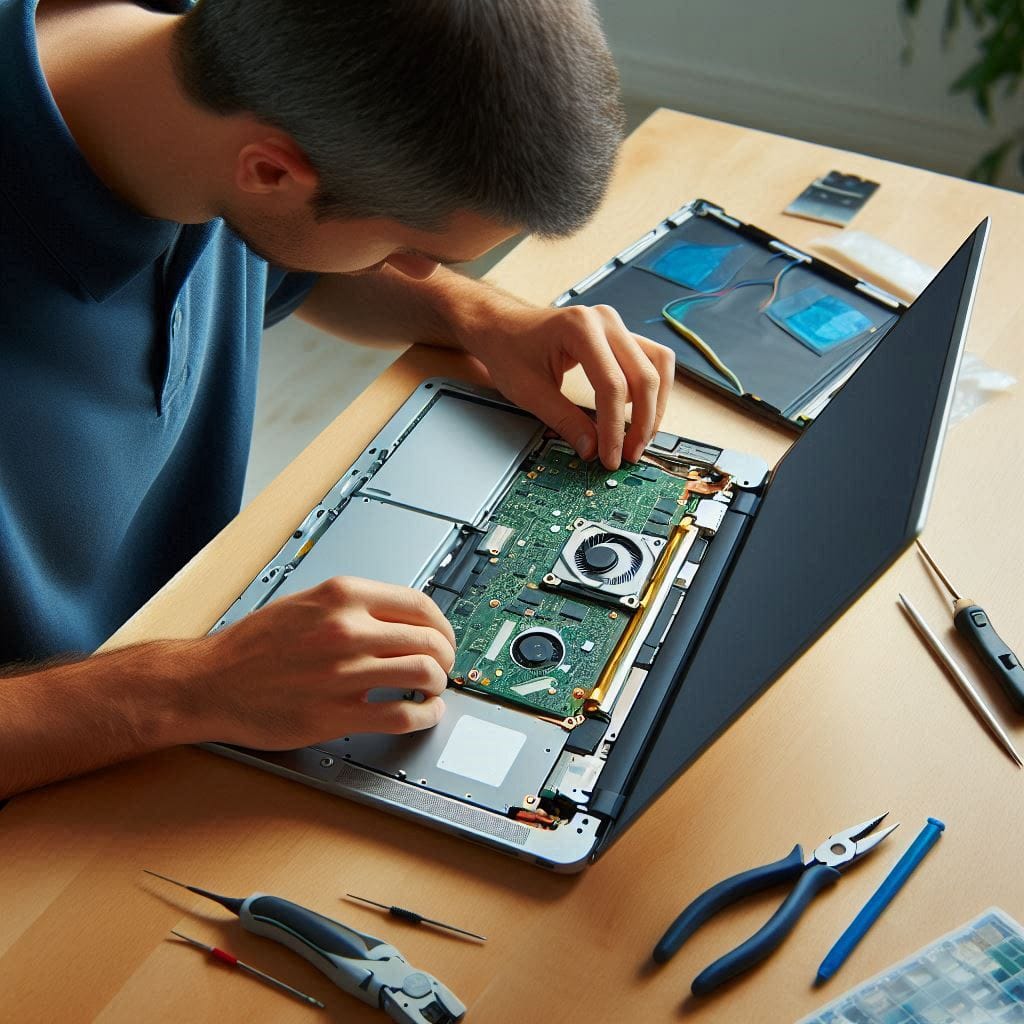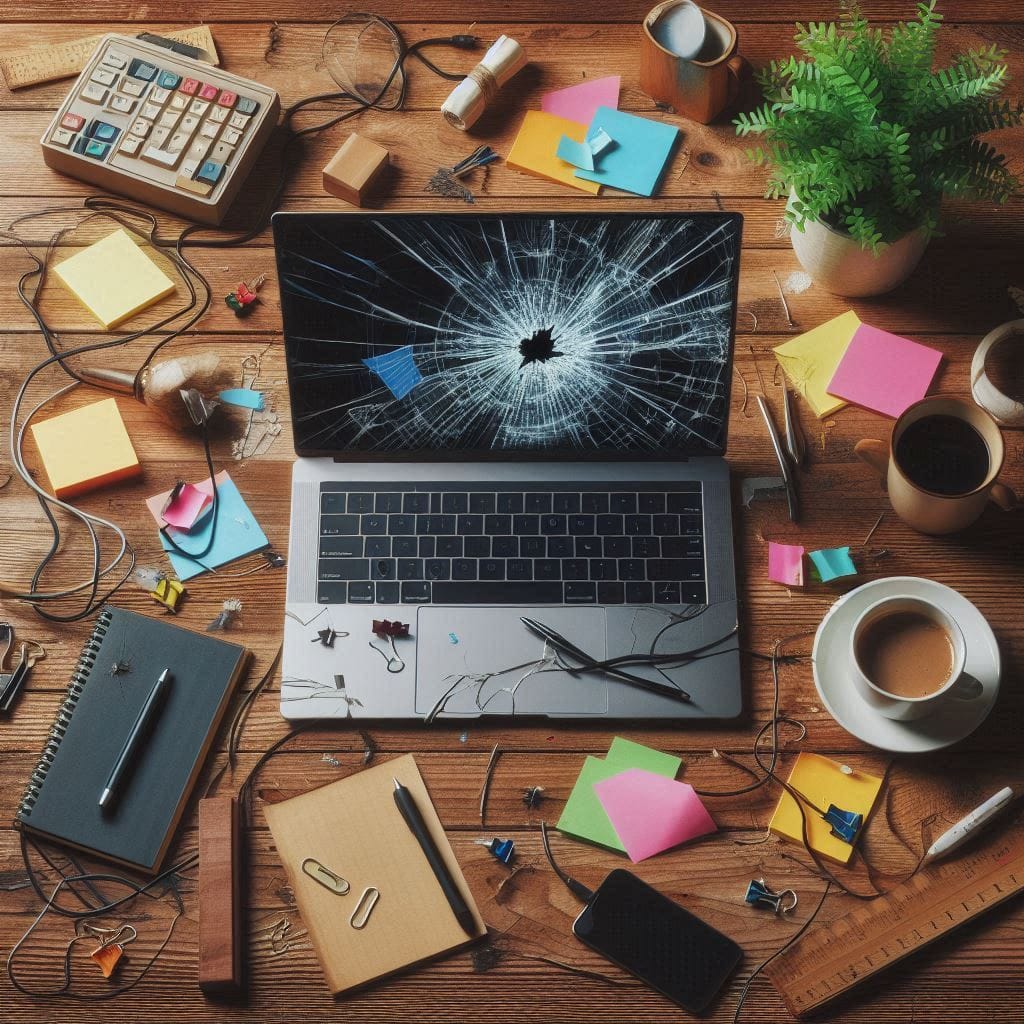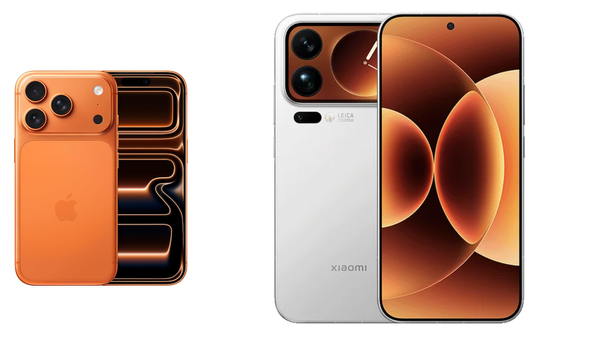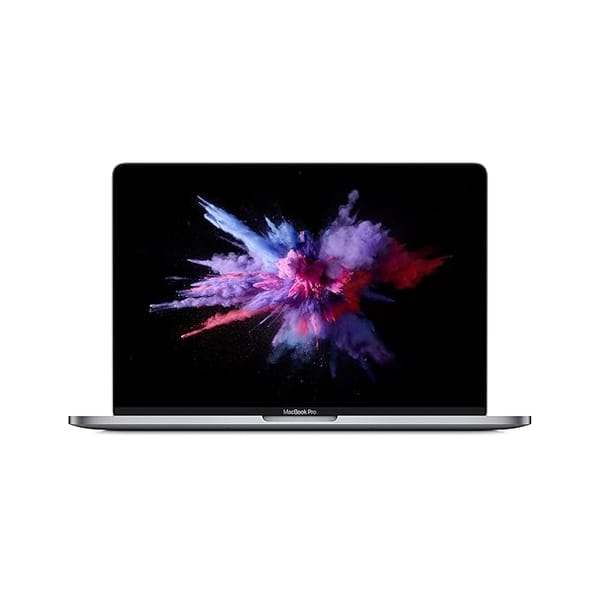Tips for extending the lifespan of a laptop computer
Handle the laptop with care, store it properly, and ensure that both its hardware and software are well-maintained. By following these guidelines, you can extend the lifespan of your laptop and get the most out of your investment.

Technology has advanced by leaps and bounds, and laptops have become indispensable in our lives. It’s hard to imagine a world without them, whether you're a student typing up assignments, a professional drafting reports, or even an elderly individual exploring the wonders of the digital world. For some, especially gaming enthusiasts and PC builders, desktops are still a preferred choice. However, for the vast majority, the portability, convenience, and versatility of laptops make them a must-have tool. Owning a laptop is no longer a luxury—it’s an essential part of modern life. But owning a laptop is just the beginning; taking good care of it ensures its longevity and performance. So, how do you do that? While the first step is using it cautiously, there’s a lot more to laptop care than meets the eye.
Understanding Laptop Vulnerabilities
There are essentially two ways in which your laptop might let you down: physical damage and internal issues. Both can be equally frustrating and expensive to fix, so it’s essential to take precautions against them. Let’s begin with addressing physical vulnerabilities.
Physical Damage: Prevention is Better Than Cure
One of the most fragile parts of a laptop is its hinge. The hinge connects the body to the screen and allows the laptop to open and close. Like any moving part, it is susceptible to wear and tear over time. Some people inadvertently stress the hinge by opening and closing their laptops incorrectly. To minimize the risk of hinge damage, always open your laptop with care. Apply gentle pressure on the top and center of the screen, and, if possible, use your other hand to hold the base steady to avoid unnecessary strain. It might seem like a small detail, but this simple action can go a long way in preserving the structural integrity of your laptop.
Another common mistake is the use of hard cases or covers. While they might seem like a good idea for protecting your laptop, they can do more harm than good. Laptop cases, often made of plastic or rubber, snap onto the top of the screen and the bottom of the chassis. The additional weight they add might not seem significant at first, but over time, it can exert downward force on the hinge, leading to bending or misalignment. Furthermore, when the screen and chassis are not perfectly aligned due to the case, closing the laptop can become problematic, potentially causing the screen to bend. In short, while these accessories might look stylish, they could jeopardize your laptop’s longevity.
Handling your laptop with care involves more than just protecting the hinge. Where and how you store your laptop is equally important. Always keep your laptop in a clean, dry place, preferably inside a cabinet or under a protective sleeve. This minimizes exposure to dust, moisture, and other elements that can harm your laptop.
The Sticker Dilemma
Laptop stickers have become a popular way for people to personalize their devices and showcase their interests. From quirky quotes to fandom logos, stickers can make your laptop uniquely yours. However, they can also pose risks. Poor-quality stickers may leave adhesive residue on your laptop’s surface, which can be difficult to remove. Even worse, stickers placed on the palm rest can cause unexpected damage to your screen. Many modern laptops are designed with minimal space between the chassis and the screen when closed. Stickers on the palm rest can create friction, preventing the screen from resting properly on the chassis. Over time, this can deteriorate the screen and result in costly repairs.
If you’re a fan of laptop stickers, consider using high-quality, non-residual options. You could also place stickers on less critical parts of the laptop, such as the back of the screen, where they won’t interfere with its functionality.

A Flat Surface is Your Best Friend
Where you use your laptop matters. While laptops are designed to be used on laps (hence the name), using them on flat, stable surfaces like tables is generally better. Not only does this ensure proper ventilation, but it also minimizes the risk of accidental falls or spills. Before closing your laptop, always check for dust, debris, or any other obstruction that could interfere with the closing mechanism. A clean and flat surface goes a long way in maintaining your laptop's health.
Internal Care: Keeping Your Laptop Running Smoothly
While physical damage is often visible and easier to identify, internal issues can sneak up on you. Keeping your laptop’s software and internal components in good condition is just as important as protecting its exterior.
Software Updates and Security
One of the simplest yet most effective ways to maintain your laptop is by keeping it updated. Operating system (OS) updates and software patches often include critical security fixes and performance improvements. Ignoring these updates can leave your laptop vulnerable to malware attacks or system glitches. Whenever your laptop prompts you to update, don’t delay—schedule the update at your earliest convenience.
Speaking of malware, always be cautious when downloading content or visiting websites. Unprotected or suspicious sites can host malicious software that compromises your data and harms your system. Use reliable antivirus software and keep it updated to provide an extra layer of protection.
Storage and Performance Management
Proper storage management can significantly impact your laptop’s performance and lifespan. If your laptop is running low on storage, it may struggle to perform even basic tasks. Regularly clean up unnecessary files, uninstall unused applications, and consider investing in additional storage if your laptop supports expandable memory. Similarly, upgrading your RAM can improve your laptop’s multitasking capabilities, making it better suited for your needs.
Cooling and Maintenance
Gaming laptops, in particular, often feature sophisticated cooling systems designed to handle high-performance tasks. While it might be tempting to clean the fans yourself, inexperienced attempts can result in damage. For example, touching internal components with improper tools could lead to short circuits. Instead, seek the help of experienced technicians or authorized service centers for internal cleaning. A professional cleaning once a year can help keep your laptop running smoothly for longer.
Check for damages in a Refurbished Laptop
PC Renewed Ltd has written an amazing article to check for damages, but we have our way of explaining things. Checking a refurbished laptop for damages, both internal and external, requires a thorough inspection. Here’s a step-by-step guide:
External Inspection:
- Physical Condition: Examine the laptop casing for cracks, dents, or scratches. Pay special attention to the hinges, as they are prone to wear and tear.
- Keyboard and Touchpad: Test all keys to ensure they are responsive and check the touchpad for smooth operation.
- Screen Quality: Turn on the laptop and look for dead pixels, discoloration, or cracks on the screen.
- Ports and Connectivity: Plug in devices to test USB ports, HDMI, and other connectors. Ensure Wi-Fi and Bluetooth functionality.
- Battery Health: Run the laptop on battery power to check its longevity. A refurbished laptop should have a battery that holds a reasonable charge.
Internal Inspection:
- Operating System: Verify that the OS is properly installed and updated. Check for any pre-installed software that might be unnecessary or harmful.
- Performance Testing: Use tools like Task Manager or third-party software to monitor CPU, RAM, and GPU performance under load.
- Storage Health: Check the health of the hard drive or SSD using diagnostic tools. Look for signs of wear or reduced capacity.
- Cooling System: Ensure the fans are working efficiently and the laptop doesn’t overheat during use.
- Malware Scan: Run a full antivirus scan to ensure the laptop is free from malware or viruses.
Additional Tips:
- Warranty and Return Policy: Confirm that the seller offers a warranty or return policy for the refurbished laptop.
- Certified Refurbisher: Purchase from a trusted refurbisher to ensure quality checks have been performed.
Conclusion: Love Your Laptop, and It Will Love You Back
In essence, taking care of your laptop boils down to a combination of caution and regular maintenance. Handle it with care, store it properly, and ensure that both its hardware and software are well-maintained. By following these guidelines, you can extend the lifespan of your laptop and get the most out of your investment. With proper care, your laptop can easily last a decade or more—a testament to how technology, when treated right, can stand the test of time.




